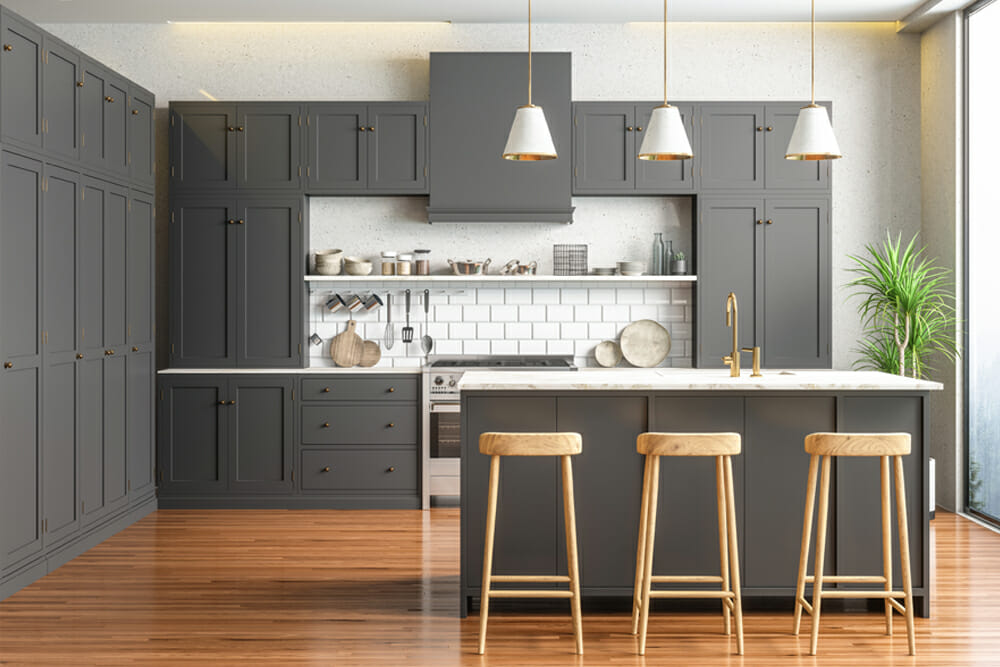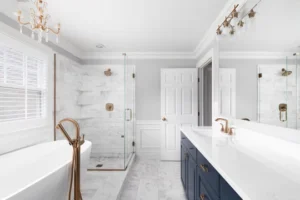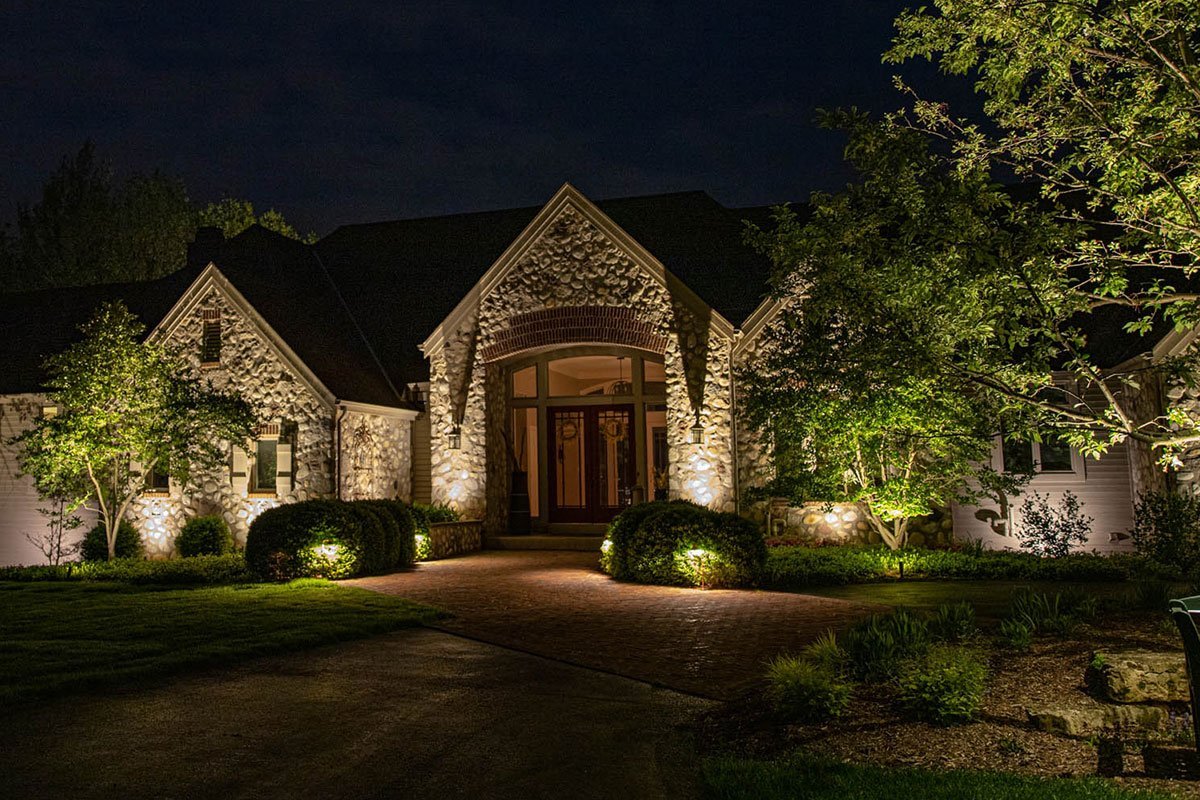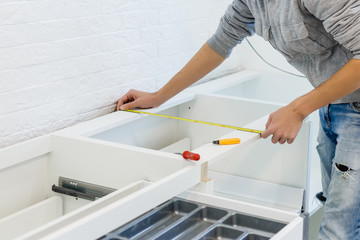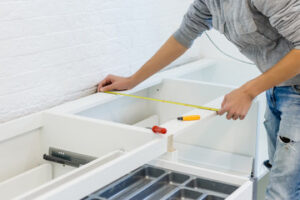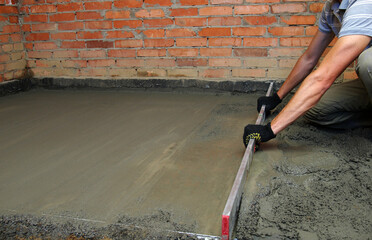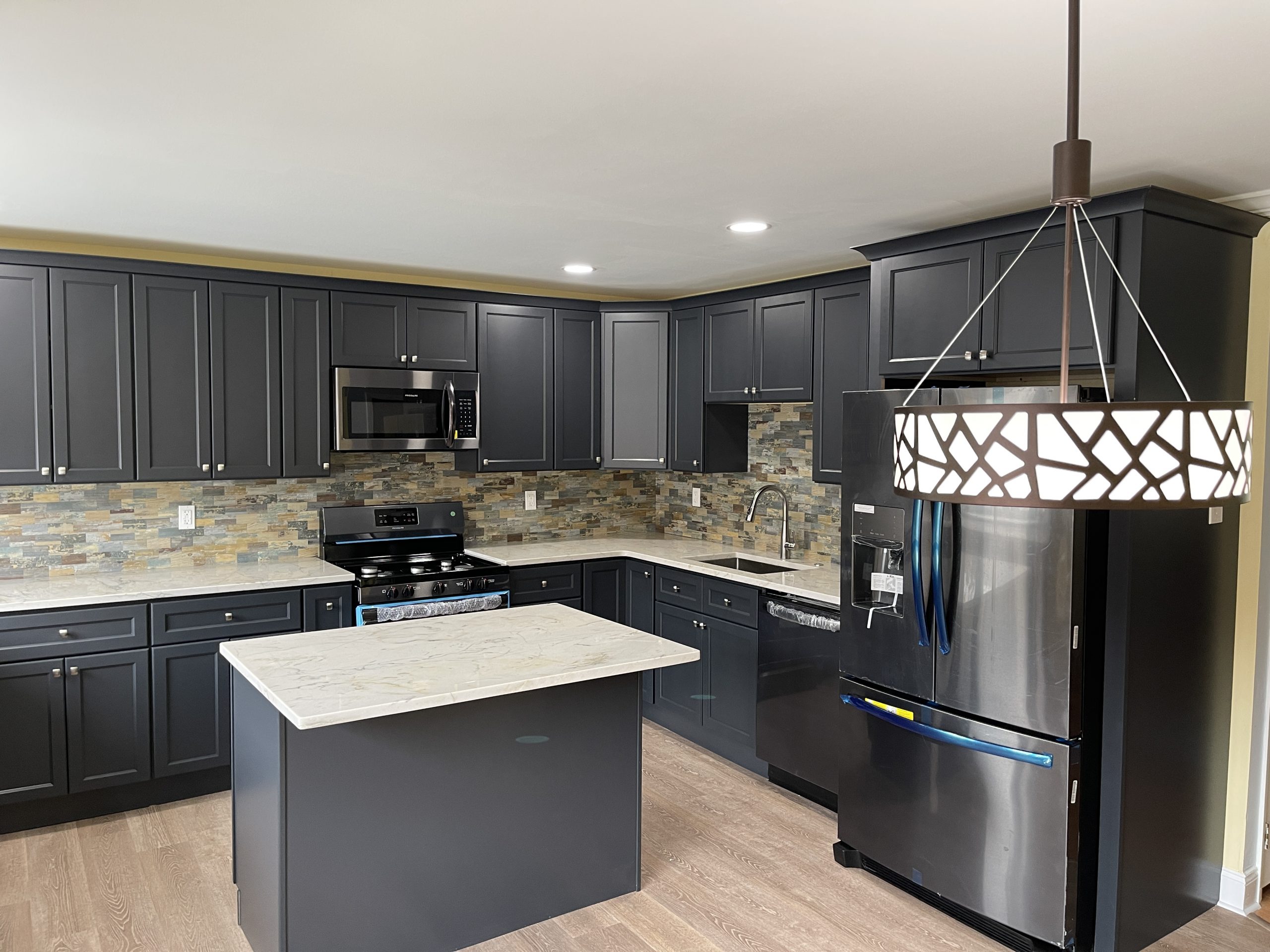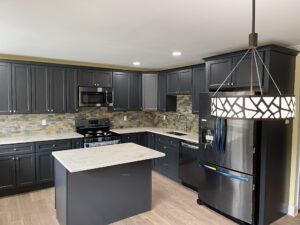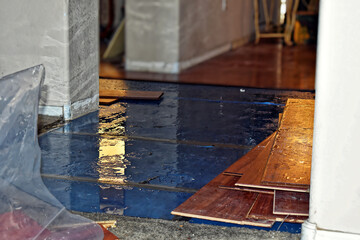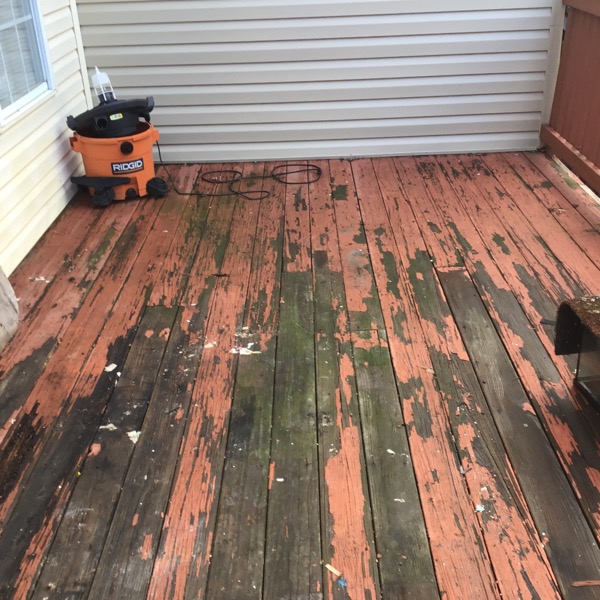Decks can be easily damaged by the weather, but a few simple repairs can extend their life and make them look good again.

Most repairs can be completed by homeowners who have basic carpentry skills, though more extensive repairs, such as repairing damaged wood due to rot or termites, should be left to the pros. Contact Remodel Contractor for professional assistance.
Deck repair costs vary depending on the type of damage, the materials, and the labor rate in your area. Minor repairs such as replacing screws and nails are relatively inexpensive, but termite infestations can be very expensive to fix.
Wood is a common material for decks, but it can be susceptible to insect damage from termites and carpenter bees. This can be a major problem for homeowners, and it’s important to have a pest inspection done before repairing any wood parts.
Fortunately, most decks don’t require extensive work to look good again. A few boards that are broken or missing can be replaced, and railings can also be repaired. However, it is often worth the investment to upgrade to higher-end materials, such as composites or aluminum railings.
Repair costs for cracked or loose decking typically range from $150 to $500. These prices depend on the material, the size of the crack, and how much time it takes to fix it. The larger the crack, the more expensive it will be to repair.
Loose or rotten posts can also cause problems, and replacing them will add an additional $400 to $1,500 to the overall repair cost. These costs will vary depending on the type of post and the number that need to be replaced.
Another major cost associated with a deck is the yearly maintenance it requires. This can include cleaning, staining, and sealing the deck to prevent rot, water damage, and other issues.
If the deck is deteriorating, you may need to replace damaged boards or the entire deck. This can be very expensive, though, so it’s wise to consider all of your options before making a decision.
The size of the deck also plays a role in the cost. Decks with more square footage generally cost more to repair than smaller ones.
Decks with a slope or uneven terrain may need repair or even replacement. This can be a costly project, especially if the ground under the deck is sinking.
If you’re looking to make your deck a little more stylish, a skirting can help hide the uneven terrain and match the style of the rest of your home. This can be an inexpensive way to update your deck, but it does require additional time and materials, as well as a professional to complete the job.
The materials you use for your deck can make a huge difference in the amount of repair and maintenance it needs over time. Some materials are more difficult to work with and require more maintenance than others, but all will require repairs over the years.
Wood and composite materials are popular choices for decks, and both have their pros and cons. For example, composite material can be more expensive than natural wood, but it requires less maintenance and can be easier to install. However, it is susceptible to rotting and cracking, which can result in more repair needs.
Regardless of the type of material used for your deck, it is important to inspect it regularly to catch any problems before they get worse. This will prevent further damage and keep you from spending unnecessary money on repairs.
If you have a deck that is not structurally sound, it is advisable to contact a professional as soon as possible. They will be able to spot any problems that may have gone undetected.
A professional can also check for any hidden problems, such as termites or mold growth. These can cause serious damage to your deck if left untreated.
Once you have identified the issue, gather the tools and materials needed for a repair. You may need to replace a section of decking or add railings or steps to the affected area.


